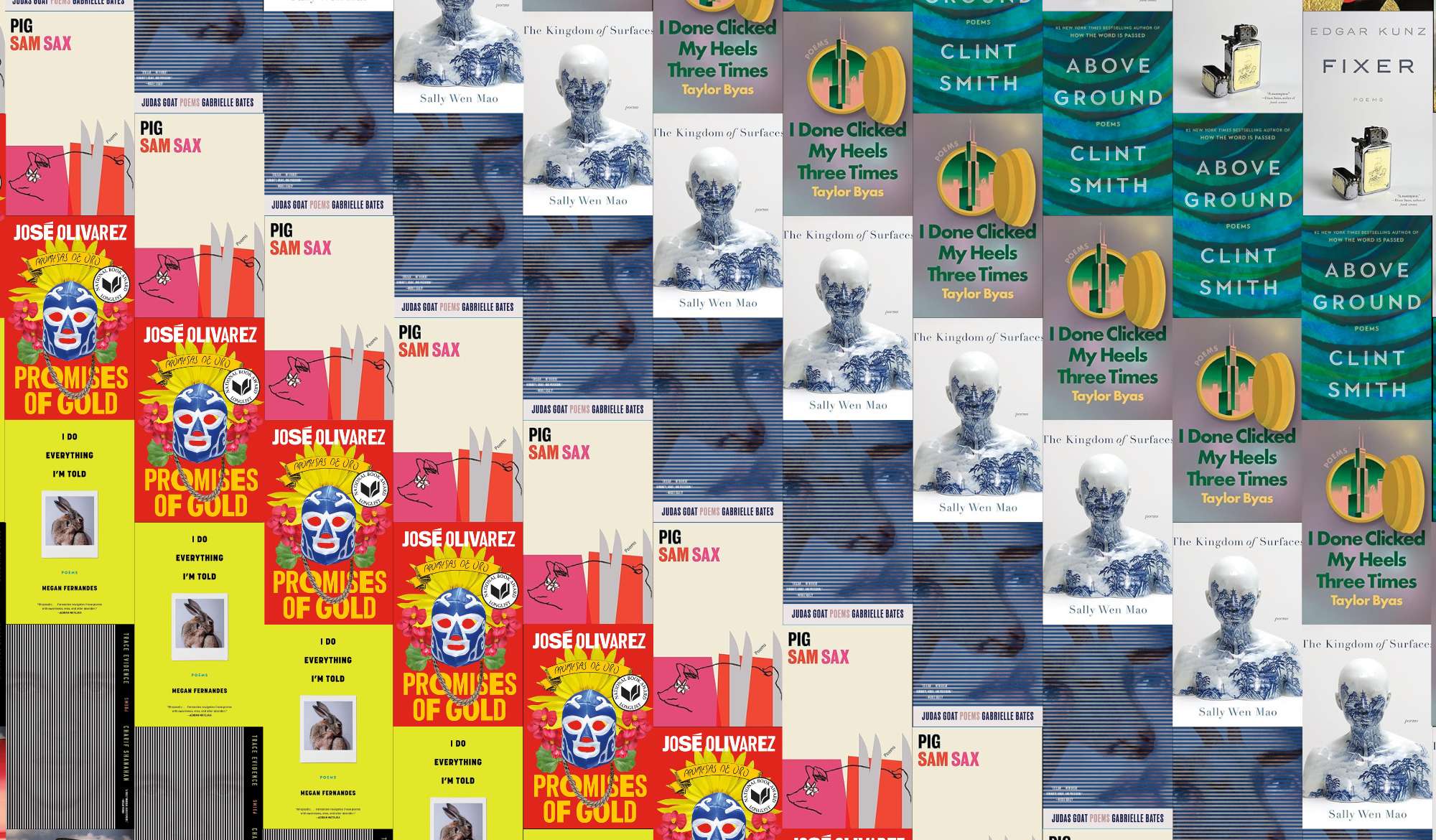Books & Culture
REVIEW: Triangle by Hisaki Matsuura

Many great novels present extreme situations that confront a character with challenging questions. Hisaki Matsuura’s Triangle is ambitious enough of a novel to present situations too extreme for a character to endure and leave these questions to the reader.
Shun Otsuki is a recovered heroin addict described by more than one of the novel’s supporting characters–possibly facetiously–as an “intellectual.” Before he is convinced by his acquaintance Sugimoto to assist the mysterious Mr. Koyama with the production of a graphic experimental film, his day-to-day interests seem to extend no further than walking alone through Tokyo and lamenting his casual partner Hiroko’s inability to satisfy his sexual needs. Gradually, through Otsuki’s eyes, the reader observes the patterns of a world that is impersonal and uncompromising to the point of what appears to be sadism on the part of an unseen higher power.
As soon as Otsuki receives the slightest indication that he might be the target of conspiring malignant forces–his garden is deliberately vandalized–the reader is indoctrinated into Otsuki’s worldview, one dominated by narcissistic fears that extend to misanthropy:
Since my morning glories were ripped from their vines, that fear–the stifling fear that had plagued my junk withdrawal–had come back to stay twenty-four hours a day. It was a constant reminder that something that was not me could invade my body anytime, anywhere. Suddenly, the wall I’d built between myself and the world was punctured with holes, battered until thin, until it no longer served any real purpose, allowing evil spirits to come and go as they pleased, eating away at my insides.
Otsuki protects himself until he isolates himself for fear of becoming infected by a dark power beyond his own that will force him to succumb again to base impulses. This self-protection removes him from the rest of the world, leaving him antagonistic toward and suspicious of every external influence.
As the events the novel describes become more and more horrific, Otsuki becomes less and less able to decide whether he is the source of the horror himself or the horror has been imposed on him by the evil whims of others or the imperfect laws of nature. This conflict between the self and the external world is the subject of the novel. The reader never realizes whether Otsuki, still haunted by the demons that drove him to drug addiction in the first place, is hallucinating a world that is designed to hasten his destruction, or he has been targeted by criminals with twisted motives, or he is living in a world that is governed by abject disharmony.
Otsuki’s primary antagonist is Mr. Koyama, an elderly calligrapher who is either uncommonly wise or uncommonly arrogant. Koyama offers numerous high-flown monologues concerning the power of calligraphy to organize reality along distinct lines. He articulates repeatedly that human behavior and thought, like the mechanisms of language, adhere to predetermined rules that deny free will. The novel escalates in a way that forces Otsuki to confront the possibility that all of his actions are decided by a grand scheme that resembles the system of written language, and that humans can manipulate each other so that their behaviors perform certain functions like written characters.
The system according to which the novel and Otsuki’s world and experience are organized is represented by the symbol tomoe, an ideogram with a three-point spiral shape that represents harmony and stability in the universe. Koyama’s project from the beginning, it turns out, has been to describe the symbol sakasatomoe, or “fake tomoe,” a spiral that turns to the right instead of the left, like a three-point Nazi swastika. As Koyama describes the world that turns with the sakasatomoe, it is a perfect analog to Otsuki’s world:
Yes, sakasatomoe, you could call it that. A tomoe that keeps spiralling to the right. Normally, no such thing should exist. A circle that puts a crack in the order of this world and reverses time. A fake tomoe. If the tomoe spiral is the protector of good and stability in this world, the sakasatomoe is the bearer of evil and misfortunes, It completely defies providence. It is contradiction itself. The embodiment of impossibility. A monster.
After taking right turns throughout the novel (figuratively and literally) either on a whim or in pursuit of another guiding agent, Otsuki is destroyed by the notion that he is a servant of the sakasatomoe, and that his thoughts, his actions, and his experience will always force him to move and feel further out of step with nature’s proper patterns. Unfortunately, this notion does not answer the question of whether the sakasatomoe lives inside or around Otsuki, and after reading Triangle, the reader must as herself: do we suffer because our world is chaotic and cruel, or because we are chaotic and cruel ourselves?

by Hisaki Matsuura










